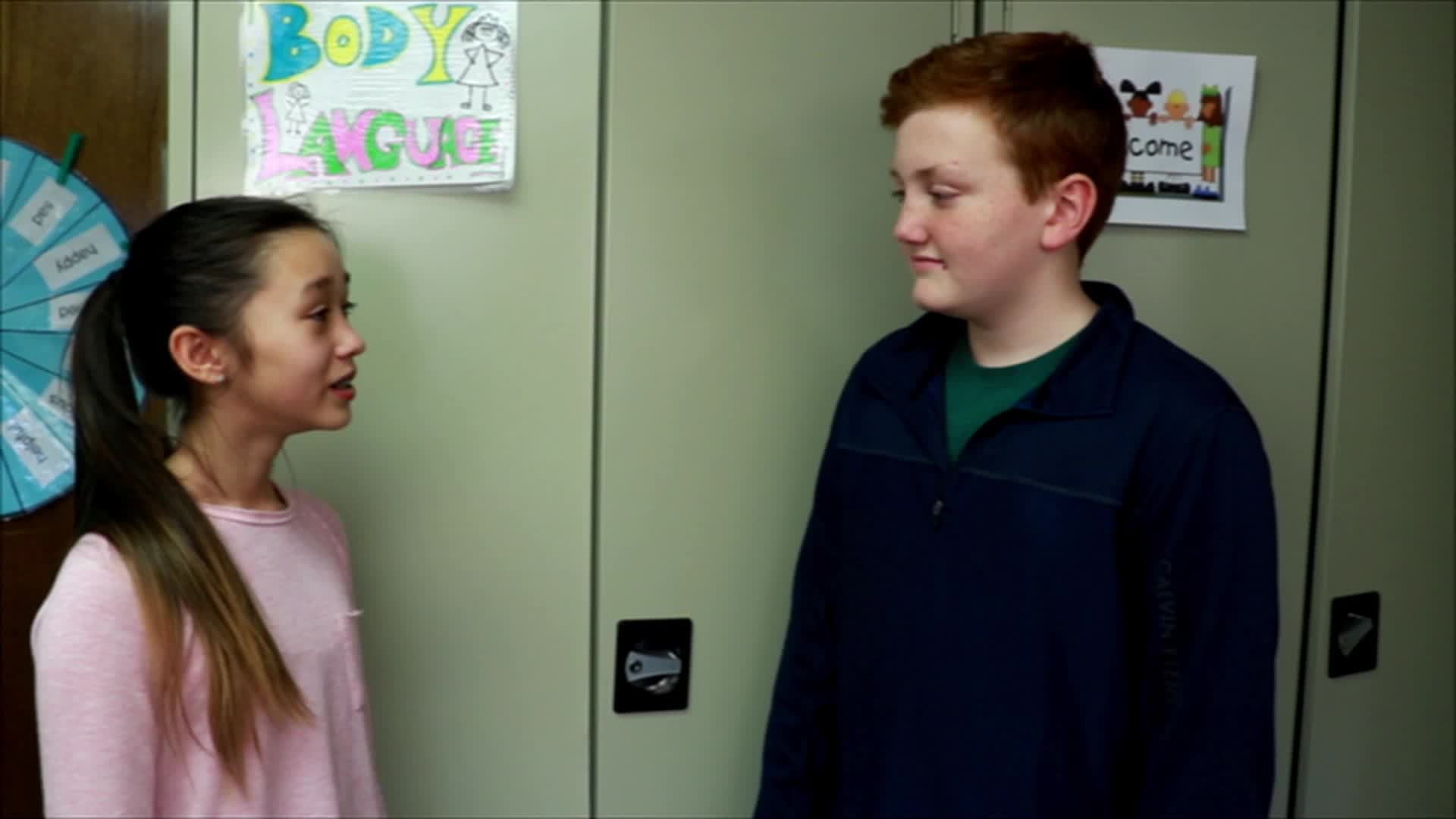
Introduction
Effective communication is a critical skill for students to learn early in their lives. Proper communication helps students express themselves clearly, understand others, and build positive relationships. In this blog post, we will explore a no-prep activity that encourages elementary students to practice effective communication skills, as well as discuss related skills and provide resources for further learning.
No-Prep Activity: “Face and Focus”
This activity, called “Face and Focus,” requires no preparation or materials and can be easily incorporated into any lesson. The purpose of the activity is to teach students to face the person they are speaking to, maintain eye contact, and listen attentively.
- Begin by having students pair up with a partner.
- Ask one partner to be “A” and the other to be “B.”
- Explain that when Partner A asks Partner B a question, Partner B should face them with their body, look at their face with their eyes, and then answer the question.
- Give Partner A a few simple questions to ask Partner B, such as “What is your favorite color?” or “What did you do over the weekend?”
- After a few questions, have the partners switch roles, so Partner B asks questions, and Partner A practices facing and focusing.
- Once both partners have had a chance to practice, bring the class back together to discuss their experiences.
Discussion Questions
- How did it feel to face your partner and maintain eye contact while answering their questions?
- What challenges did you encounter when trying to focus on your partner during the conversation?
- Why do you think it’s important to face someone and make eye contact when speaking with them?
- How can practicing this skill help improve your communication with others?
- What are some other ways we can show active listening and engagement in a conversation?
Related Skills
Effective communication is just one aspect of social-emotional learning. Other relevant skills that can help students develop healthy relationships and navigate social situations include:
- Active listening: Paying full attention to the speaker, showing empathy, and asking clarifying questions.
- Nonverbal communication: Using body language, facial expressions, and gestures to convey feelings and ideas.
- Conflict resolution: Identifying and addressing disagreements in a respectful and constructive manner.
- Empathy: Understanding and sharing the feelings of others, fostering compassion and support.
Next Steps
Teaching effective communication skills is an essential component of fostering well-rounded students who can navigate social situations with ease. To explore more resources and activities that promote social-emotional learning, we invite educators to sign up for free sample materials at Everyday Speech. These resources will provide invaluable tools to help students develop the skills they need to succeed both inside and outside the classroom.

